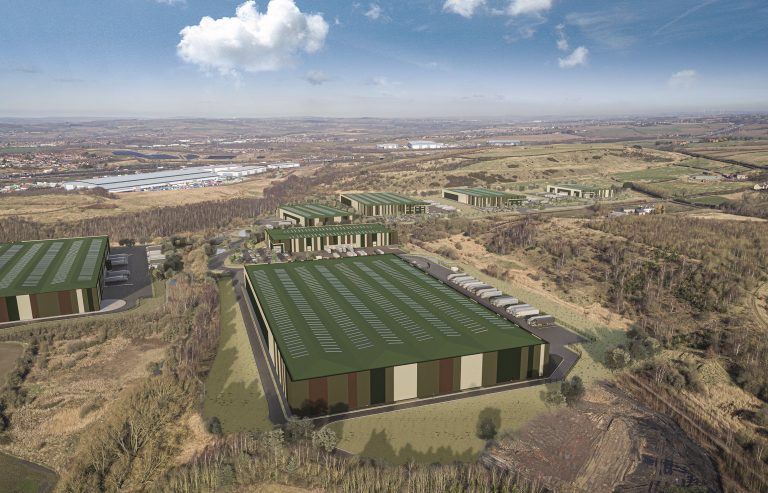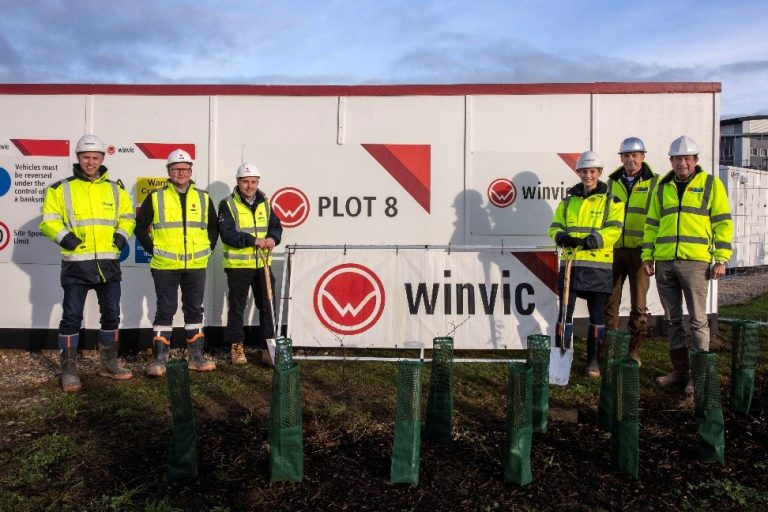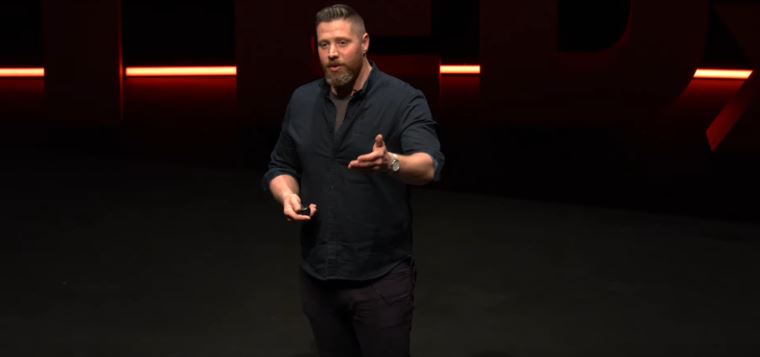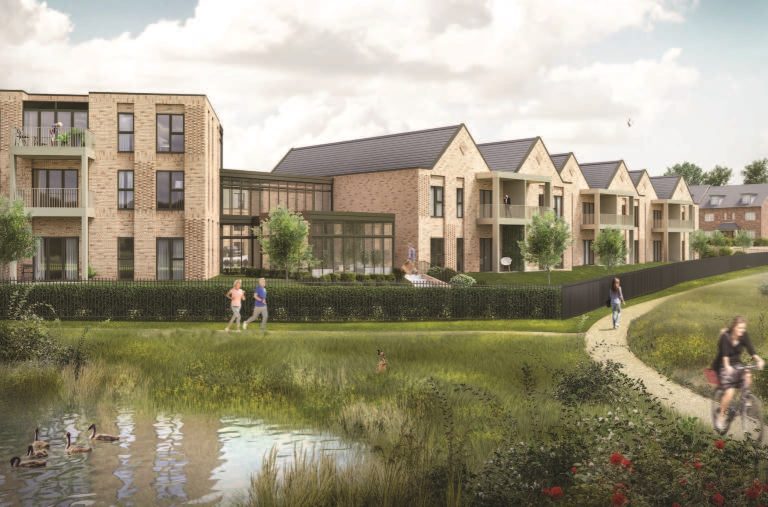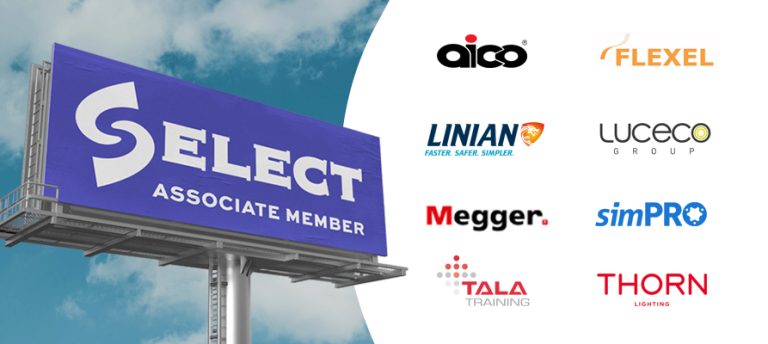A call to action for all pioneers and disruptors The term sustainable development was first coined in Our Common Future, also known as the Brundtland Report, published by the United Nations in 1987. The report defined the term as ‘the ability to meet the needs of all people in the present without compromising the ability of future generations to meet their own’. Over 30 years later, sustainability is a critical issue that we are still grappling with. So, what’s different this time? Who can we learn from? And what kind of future do we want to shape? Here Martin Hurn, event director at net zero pioneer Futurebuild joins Oliver Jones, research director at international design practice Ryder Architecture to discuss the challenge and the ambitious plans to address it. The built environment industry has talked about sustainability for decades, yet in reality, progress has been slow. “The cold hard truth of the matter is that efforts for our industry to become more sustainable generally failed because sustainability was a choice,” explained Jones. “Our net zero targets are now written in law, they are an obligation and the effects of not acting are becoming more evident as each day passes.” The UK Government’s ambitious goal for net zero by 2050 means that our industry is legally obliged to eliminate emissions, creating not only a driver to change the industry, but also an economic impetus. “Claims are coming thick and fast from many businesses that they have already delivered net zero,” continued Jones. “But the holy grail, truly net zero buildings that don’t rely on offsets are scarce — to my knowledge we are yet to realise a truly net zero building without relying heavily on offsets. Worse still, we are starting to see some wild claims and corporate chicanery when it comes to net zero claims”. “In order to deliver on net zero and accelerate our progress our industry must take action to transform itself, focus on sharing knowledge, learning from one another but most importantly learning from other sectors who are facing the same challenges. An overly competitive mindset will stifle progress and innovation, it’s time for cross sector collaboration to take centre stage”. More than net zero Its relatively simple to produce a highly insulated building to reduce operational energy, but it becomes much more complex when we factor in reducing embodied carbon and creating high quality environments that promote health and wellbeing. In taking a whole life approach to net zero we are depending on developing sustainable advanced materials and designing for disassembly and reuse to also become commonplace. “We’re at a crossroads between three competing disruptors to our sector, technology (both digital and manufacturing in the form of modern methods of construction), the climate emergency and a renewed focus on public health,” argued Jones. “We cannot focus on one challenge — sustainability in its truest sense is about more than just net zero. It requires a well-defined, holistic approach; digital technologies to monitor and measure performance and progress and an emphasis on delivering high quality environments that promote health and wellbeing of building occupants. Net zero is really just one part of the puzzle — we need a much more holistic approach to sustainability.” Instead of focusing solely on net zero, our industry must consider how it can deliver high quality environments that embrace technology to reduce carbon emissions, optimise building performance and improve occupant health. A force for change We have a definitive deadline to meet net zero targets, so the industry must now move away from tinkering with and redefining definitions and focus on the practicalities of delivering net zero, sharing lessons learnt and delivering an actionable strategy. Cop26 was a welcome line in the sand to set out the actions that the industry must take. “We know that designing net zero buildings is possible without offsets,” continued Jones. “Let’s begin to put this into practice. It will involve better alignment of the supply chain, standards, guidance and funding. But the key to this for me, is research led design that embraces advanced materials and the latest innovations while working hand in hand with material testing and certification that can inform developing standards to get advanced material innovations safely on site and into our buildings faster. This requires a much more integrated supply chain. To me, addressing these key challenges for the future begins with identifying the players in the market, mapping that supply chain and innovation ecosystem to help us better share knowledge and collaborate. “I have seen people start with what they think is the solution time and time again, focusing on a particular renewable energy strategy or extolling the superiority of one type of MMC over another. In reality it is the supply chain that is often overlooked when creating strategies and roadmaps to sustainability. Supply chains massively impact our efforts and ability to deliver net zero buildings. You can design the greatest solution in the world, but if you do not understand the limitations of the local supply chain, deliverability will be impacted, which impacts tight programmes and leads to reactive behaviours. Proposed solutions become open for interpretation or worse still, an inevitable victim of value engineering. We must embrace innovative supply chain partners and work closely with them to develop more value focussed integrated supply chains,” continued Jones. Collaborative mindset A recurring challenge is that the construction industry operates in silos. However, it is encouraging that the climate emergency has galvanised so many likeminded businesses and great thinkers. It is a global challenge that affects every sector, and we are beginning to realise the massive opportunities that exist if we start to look outside of our own industry and across other sectors to share knowledge and transfer innovative approaches. As a sector we are not where we need to be yet. We can’t rely on the same old players, employing the same old methods with a green veneer to deliver net zero buildings. Things need drastically shaking up and
